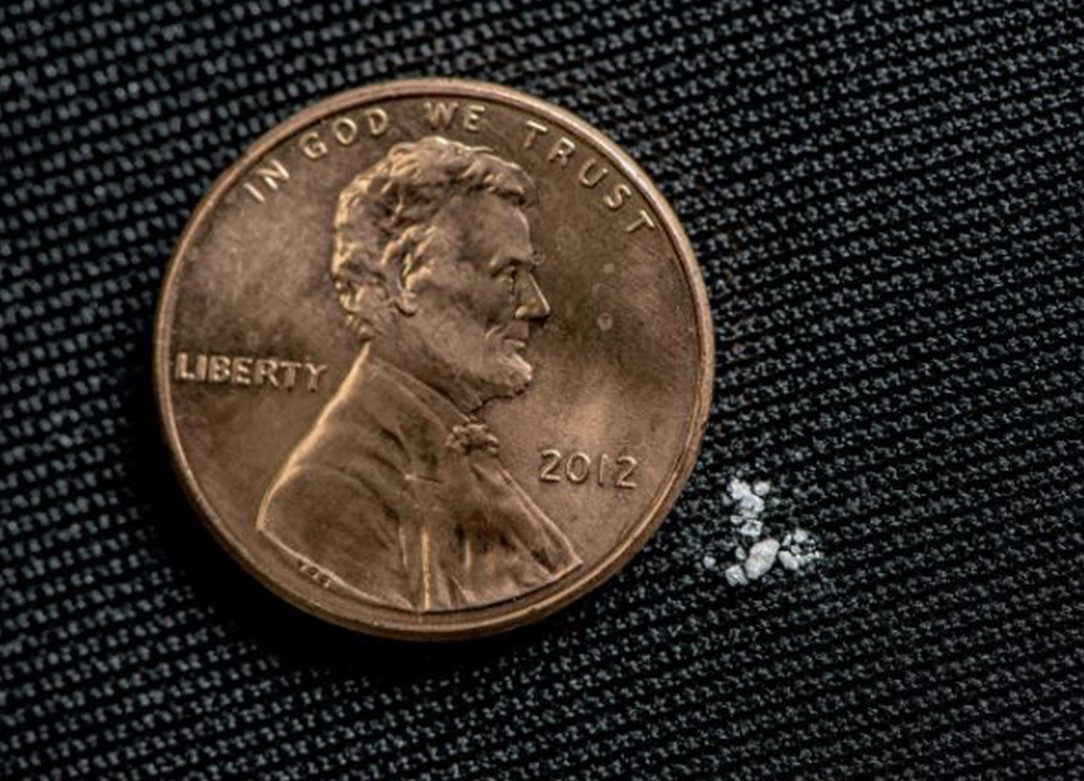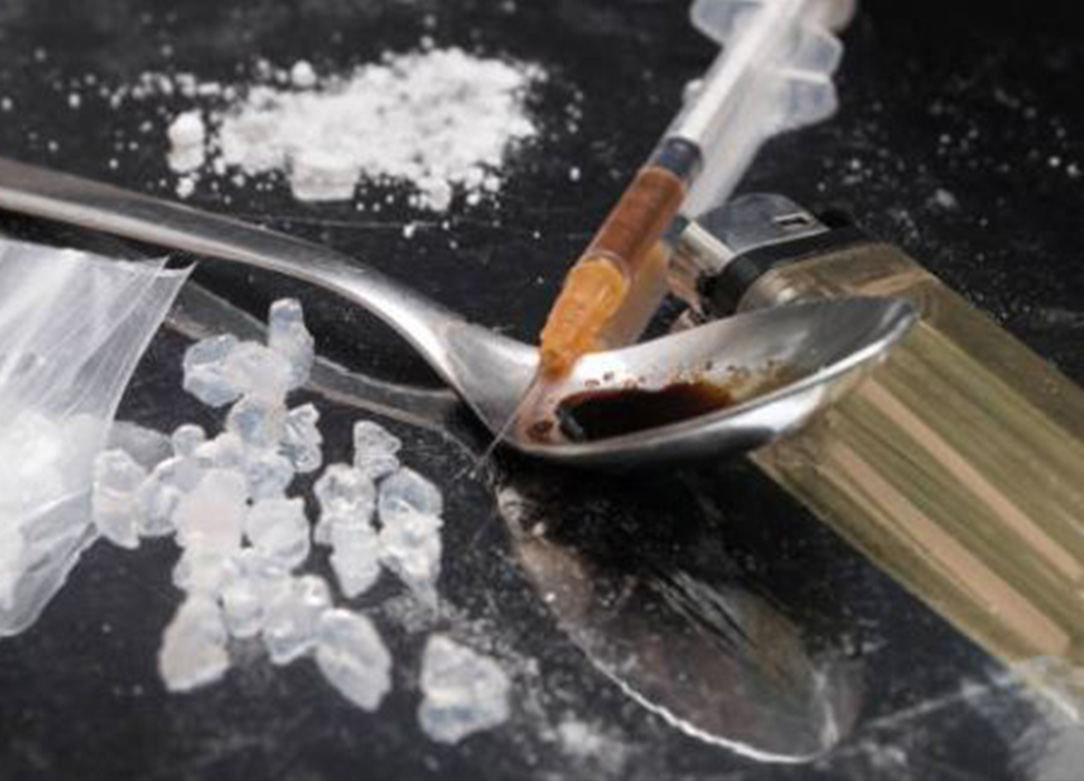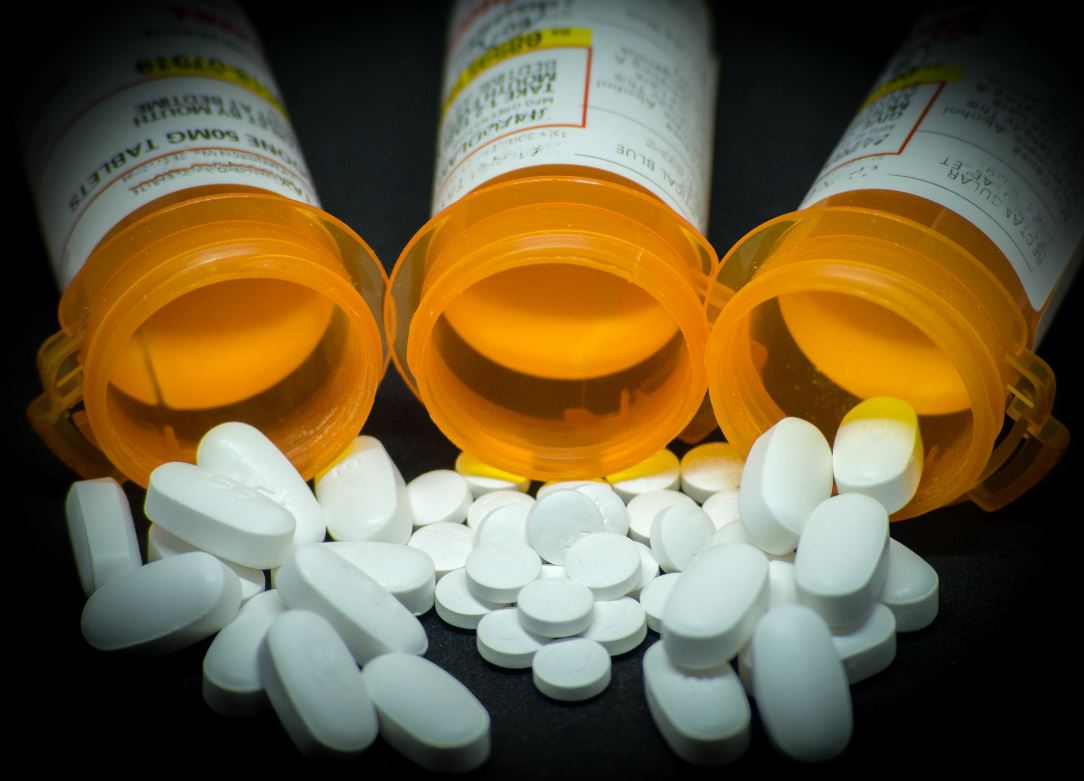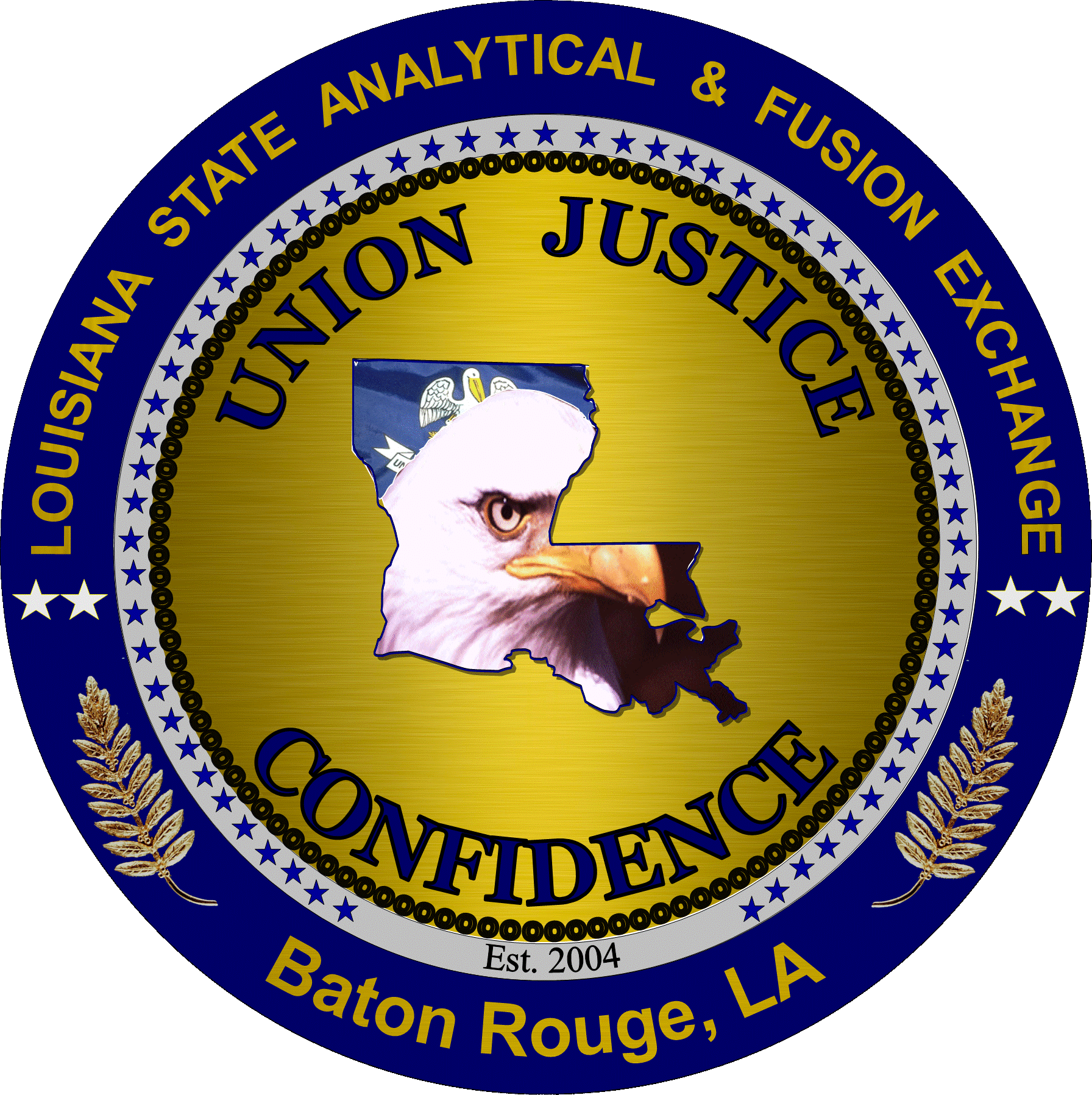NARCOTICS
LA-SAFE narcotics sector is closely affiliated with the Gulf Coast High Intensity Drug Trafficking Areas (HIDTA). The mission of the Gulf Coast HIDTA is to reduce illicit drug availability and its harmful consequences within its designated areas by supporting intelligence-driven task forces and supporting infrastructure designed to target, disrupt, and eliminate drug trafficking organizations impacting our region and beyond.
Reporting and sharing information are vital for identifying and examining trends across the state to keep the public and law enforcement safe and knowledgeable. Anyone with information on drug trafficking or other narcotics-related activities should submit this information via tip using one of the methods outlined in the HOW TO REPORT? the section on the right-side panel.
How to Spot Drug Activity
Production
One of the dangers associated with drugs is their potential to be cultivated or produced in uncontrolled and hazardous settings. The illicit production of drugs in makeshift laboratories has posed a significant challenge for law enforcement and civilians alike over the years. This issue has resulted in an alarming number of fatalities, illnesses, and property destruction. Clandestine drug labs consistently rank among the most perilous threats encountered by law enforcement officers and the communities they serve.
Various illegal and dangerous drugs can be clandestinely manufactured, including methamphetamine, crack cocaine, marijuana, and others. Each substance carries its own set of risks during the manufacturing and storage phases, spanning from poorly ventilated environments to the risk of fires and explosions. If you suspect the presence of a drug production operation, vacate the area immediately and contact emergency services by dialing 911. Indicators of drug manufacturing include:
Distribution
Distribution hubs, commonly referred to as "trap houses," outnumber production facilities. These locations typically comprise residential properties commandeered by drug traffickers for the purpose of selling their merchandise. Converting a residence into a distribution hub requires minimal resources: a dealer, inventory, and clientele. These hubs can range from makeshift trailers nestled in wooded areas to upscale homes situated on bustling residential streets. Apart from displaying familiar indicators seen in production labs (occasionally, the two operations may overlap), distribution setups possess distinct traits, such as:
Personal Use
Among various forms of drug-related behaviors, personal usage stands out as the most frequently encountered, observed by both law enforcement and the public at large. Individuals under the influence of alcohol might exhibit symptoms like slurred speech, erratic movements, and an incapacity to communicate coherently or maintain balance. Those who have consumed methamphetamine may display compulsive scratching or appear unexplainably irritable, often experiencing prolonged periods without sleep. Heroin users may demonstrate slow breathing, lapses into unconsciousness, and potentially fatal outcomes. Click on a substance below for a more information each drug type.






Louisiana State Analytical & Fusion Exchange
Copyright - Department of Public Safety & Corrections, Public Safety Services



